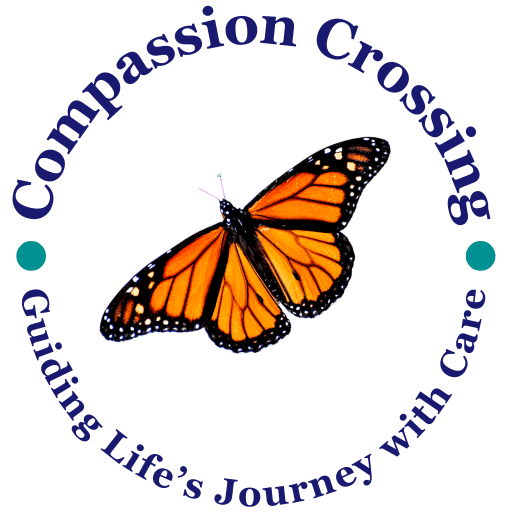How to Find Support When Your Loved One Has Dementia

This article will give you more knowledge, confidence, and comfort in dealing with dementia. You will also learn how to connect with people who share your experiences and challenges and can offer you emotional, practical, and informational support. You will realize that you are not alone and can make a difference in your loved one’s life.
Hospice – Patient and Family Autonomy
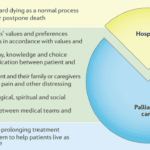
Hospice care is often misunderstood. A common myth suggests that once a patient with a terminal illness enters hospice, they lose control over their care. This article aims to dispel this misconception and highlight the central role of patient and family autonomy in hospice settings. It's important to note that this discussion primarily applies to patients receiving care at home or in non-facility settings, as facility-based patients may have less control over their care decisions.
Understanding KPS and PPS: Vital Assessment Tools in Palliative and Hospice Care
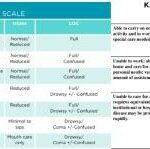
Explore the crucial roles of Karnofsky Performance Status (KPS) and Palliative Performance Score (PPS) in palliative and hospice care. This comprehensive guide helps nurses and caregivers understand these assessment tools, their applications, and critical differences, empowering them to provide more effective, patient-centered care.
Pros and Cons of Antibiotics in the Last Month of Life

Explore the complex decision of using antibiotics in end-of-life care. This article weighs the potential benefits against risks, considering comfort, quality of life, and ethical concerns. Learn how to make informed choices with your healthcare team for compassionate, patient-centered care in life's final stages.
Compliance-based, Eligibility Driven Hospice Documentation: Tips for Hospice Nurses
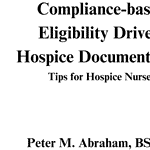
Compliance-based, Eligibility Driven Hospice Documentation: Tips for Hospice Nurses" offers comprehensive guidance for hospice professionals. This valuable resource provides practical examples for various aspects of hospice care documentation, including admissions, recertifications, IDG/IDT notes, continuous care, and GIP records. Enhance your documentation skills while ensuring regulatory compliance.
Demystifying Death: Why Hiding the Dying Process from Children Harms Society’s Future

Shielding children from death deprives them of understanding this natural part of life, leading to emotional and psychological consequences. This article explores why exposing children to the dying process is essential for their development and highlights the role of hospice care in supporting families during this time.
Hospice General Inpatient Care: a Guide for Families and Nurses
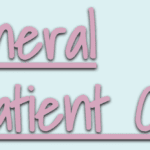
Hospice General Inpatient Care (GIP) provides short-term, intensive care for patients experiencing severe pain or symptoms that can't be managed at home. Learn about GIP eligibility, benefits, and how it helps both patients and families during challenging times. Discover key details and important considerations for this essential hospice service.
Understanding and Coping with End-of-Life Anger: A Guide for Caregivers
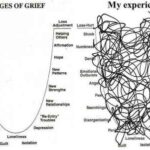
Discover how to navigate the complex emotions of end-of-life care, particularly anger. This comprehensive guide offers caregivers practical strategies for understanding, managing, and coping with personality changes in terminally ill loved ones.
Comprehensive Guide to Financial Assistance for Hospice and Palliative Care Patients

Learn about various financial assistance options available for terminally ill patients who need hospice or palliative care but lack Medicare, Medicaid, private insurance, or the means to self-pay.
Common Medical Abbreviations and Terminology in Hospice

Discover the language of compassionate end-of-life care with this guide to common medical abbreviations and terminology in hospice. From team member roles to levels of care and clinical terms, this article provides valuable insights for patients, families, and caregivers navigating the hospice journey.
Late-Onset Medication Side Effects: The Importance of Continuous Vigilance and Medication Reconciliation

Explore why side effects from medications can emerge after initial use and understand the critical need for vigilant monitoring and regular medication reconciliation to ensure patient safety and efficacy.
Vision Changes Over the Stages of Dementia: A Guide for Families and Caregivers

Understanding vision changes in dementia is vital for caregivers. Learn how dementia affects vision and find practical tips to support your loved one, ensuring their comfort and safety.
Understanding Hospice Care: Insights from Nurse Peter Abraham

In this episode of Hospice Explained, host Marie Betcher, RN, interviews Nurse Peter Abraham. Peter shares his extensive experience in cardiac telemetry, skilled nursing, and rural home hospice care. They discuss the significance of early hospice enrollment, the challenges of caring for dementia and Parkinson's patients, and the impactful personal stories from Peter's career. Special focus is given to the educational resources on Peter's website, Compassion Crossing, which aims to support families, caregivers, and new hospice nurses. Peter emphasizes the importance of compassion and understanding in hospice care and reflects on how his faith informs his practice.
Uncommon Opioid Side Effects to Know: How They Affect You and Your Family
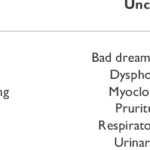
Learn about uncommon opioid side effects like myoclonus and hyperalgesia, and how they impact you and your family. This guide explains these conditions, offers tips for managing them, and highlights the role of hospice in providing comfort and support.
The Double-Edged Sword: How Mergers and Acquisitions Are Reshaping Hospice and Palliative Care

As mergers and acquisitions reshape the hospice industry, questions arise about their impact on care quality. This article examines the pros and cons of consolidation, including the expansion of for-profit providers and the challenges of maintaining local identities under corporate ownership. Discover how these changes affect patients, families, and communities in the evolving landscape of end-of-life care.
Dementia with Lewy Bodies and Parkinson’s: A Guide for Families

Understanding Dementia with Lewy Bodies (DLB) and Parkinson's disease (PD) is crucial for providing the best care. This guide helps families know what to expect and how to support their loved ones through these challenging conditions.
When Death is Imminent – What to Expect from Hospice

Hospice nurses are crucial in comforting and supporting patients nearing death and their families. This article explores what to expect from hospice care, focusing on patient assessments, educational discussions, and addressing common family concerns.
Understanding Korsakoff Dementia: A Guide for Families

Navigate the challenges of Korsakoff Dementia with our comprehensive guide. Learn to recognize symptoms, understand stages, and provide compassionate care for your loved one.
Oral Ketamine in Palliative Care: A Promising Approach for Emotional and Psychological Distress

Discover how oral ketamine is emerging as a game-changer in palliative care, offering rapid relief for severe depression, anxiety, and emotional distress. This comprehensive guide explores its potential benefits, administration methods, and important considerations for patients and healthcare providers.
RUSH Medical Center’s Caring for Caregivers: Supporting Those Who Support Others

RUSH Medical Center's Caring for Caregivers (C4C) program offers vital support to those caring for adults 60 and older at home. Learn about the program's comprehensive approach, including skill-building sessions, planning assistance, and care-team coordination. Discover how C4C makes a difference in caregivers' lives and improves patient outcomes.
Understanding Esophageal Cancer: A Guide for Families
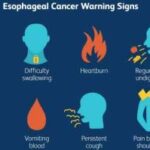
A compassionate guide for families navigating esophageal cancer. Understand its types, risk factors, symptoms, diagnosis, treatment options, and ways to provide care and support.
Terminal Prognosis vs. Diagnosis: What Families and Caregivers Need to Know
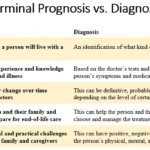
Learn the difference between a terminal prognosis and a diagnosis, and get practical tips and resources to help you and your loved one navigate this challenging time.
Sleeping as a Prognostication Tool for the Terminally Ill
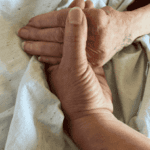
Sleep patterns can help estimate how close a terminally ill person is to dying. Learn how changes in sleep can indicate approaching death and how to support your loved one during this time.
